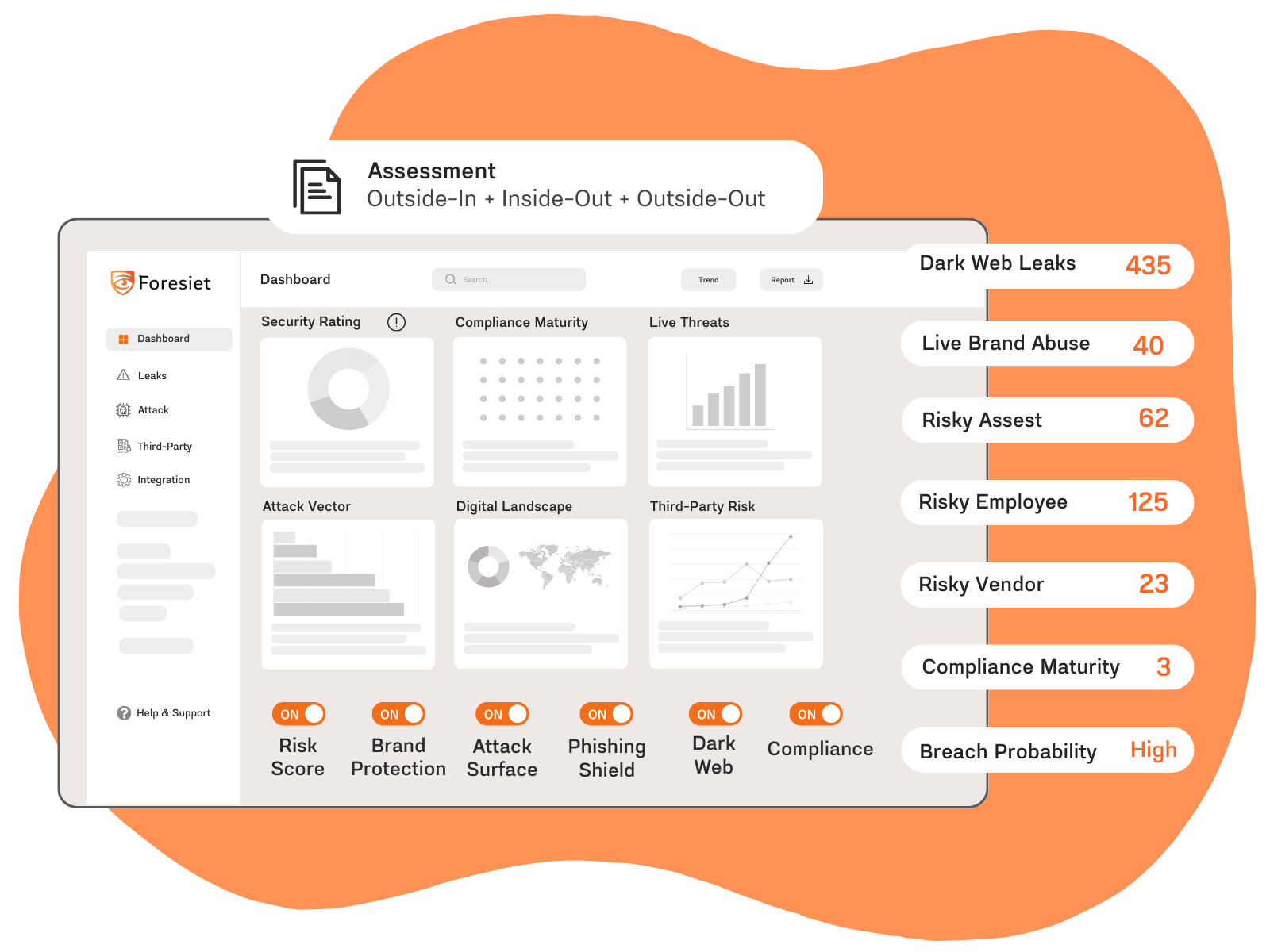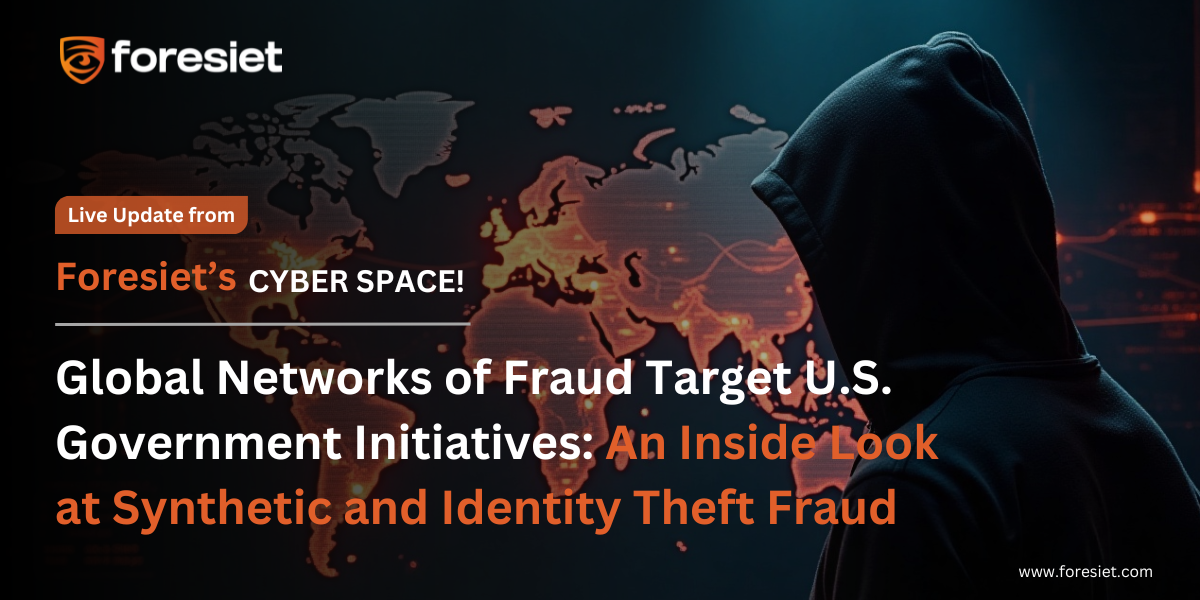Cicada3301 Emerges with Ties to ALPHV and Brutus Botnet

Introduction
In the ever-evolving landscape of cyber threats, a new player has emerged, reigniting concerns among security professionals and organizations alike. The Cicada3301 ransomware group, named after a cryptographic puzzle, has surfaced with significant ties to the notorious ALPHV/BlackCat ransomware variant and the Brutus botnet. This blog delves into the emergence of this new ransomware threat, its connections to previous cybercrime operations, and what organizations can do to protect themselves.
The Rise of Cicada3301
Cicada3301, a name evoking the enigmatic online puzzle game, is making waves in the cybercrime world with its sophisticated ransomware operations. Security researchers have traced the group’s activities back to a June 25, 2024, data leak site debut, followed closely by an invitation to affiliates to join their ranks on the Ramp cybercrime forum. This group’s operations are particularly notable for their targeting of VMware ESXi environments—a significant concern for many organizations relying on virtual machines.
Key Characteristics of Cicada3301 Ransomware
The Cicada3301 ransomware exhibits several features that link it to the now-defunct ALPHV group:
- Encryption Techniques: Both Cicada3301 and ALPHV utilize the ChaCha20 encryption algorithm, ensuring that their ransomware is difficult to decrypt without the proper keys.
- VM Shutdown Commands: The ransomware employs commands that are almost identical to those used by ALPHV for shutting down virtual machines and deleting snapshots.
- File Naming Conventions: There is a striking similarity in how files are named, with the only difference being the extension used to indicate the encrypted data.
- Decryption Key Usage: The way the decryption keys are integrated into the ransomware notes mirrors that of the ALPHV/BlackCat operations.
Connection to Brutus Botnet
The Cicada3301 group’s activities are also tied to the Brutus botnet, which has been involved in extensive password guessing campaigns against various VPN solutions, including ScreenConnect. The IP address 91.92.249.203, associated with the Brutus botnet, was used by the threat actors to gain unauthorized access to systems, further highlighting the group’s technical capabilities and the breadth of their operations.
Potential Links to ALPHV
While the connection between Cicada3301 and ALPHV is not definitively proven, the similarities in their tactics suggest a possible link. It’s also conceivable that a different group acquired ALPHV’s source code after the RaaS operation ceased in March 2024. For organizations, this means that even if ALPHV is no longer active, its methodologies may continue to influence new threats.
Protecting Your Organization
To safeguard against emerging ransomware threats like Cicada3301, organizations should prioritize several key security measures:
- Stolen Credentials Detection: Regularly monitor for compromised credentials to prevent unauthorized access.
- Darknet Monitoring Services: Utilize dark web surveillance to track stolen data and identify potential threats before they impact your organization.
- Digital Footprint Analysis: Conduct thorough evaluations of your digital footprint to understand and mitigate potential risks.
- Brand Protection and Impersonation Defense: Implement measures to protect against brand impersonation and other online risks.
- Online Risk Evaluation and Digital Threat Scoring: Continuously assess and score digital threats to stay ahead of potential attacks.
Conclusion
The emergence of Cicada3301 underscores the persistent and evolving nature of ransomware threats. As the cybercrime landscape shifts, it’s crucial for organizations to stay vigilant and adopt comprehensive security strategies. By focusing on stolen credentials detection, darknet monitoring, and other proactive measures, businesses can better defend against these sophisticated threats and protect their critical assets. Stay informed and prepared to navigate the complexities of today’s digital threat environment.
About Foresiet!
Foresiet is the pioneering force in digital security solutions, offering the first integrated Digital Risk Protection SaaS platform. With 24x7x365 dark web monitoring and proactive threat intelligence, Foresiet safeguards against data breaches and intellectual property theft. Our robust suite includes brand protection, takedown services, and supply chain assessment, enhancing your organization's defense mechanisms. Attack surface management is a key component of our approach, ensuring comprehensive protection across all vulnerable points. Compliance is assured through adherence to ISO27001, NIST, GDPR, PCI, SOX, HIPAA, SAMA, CITC, and Third Party regulations. Additionally, our advanced antiphishing shield provides unparalleled protection against malicious emails. Trust Foresiet to empower your organization to navigate the digital landscape securely and confidently.
Protect your brand, reputation, data, and systems with Foresiet's Integrated Digital Risk Platform. 24/7/365 threat monitoring for total peace of mind.


